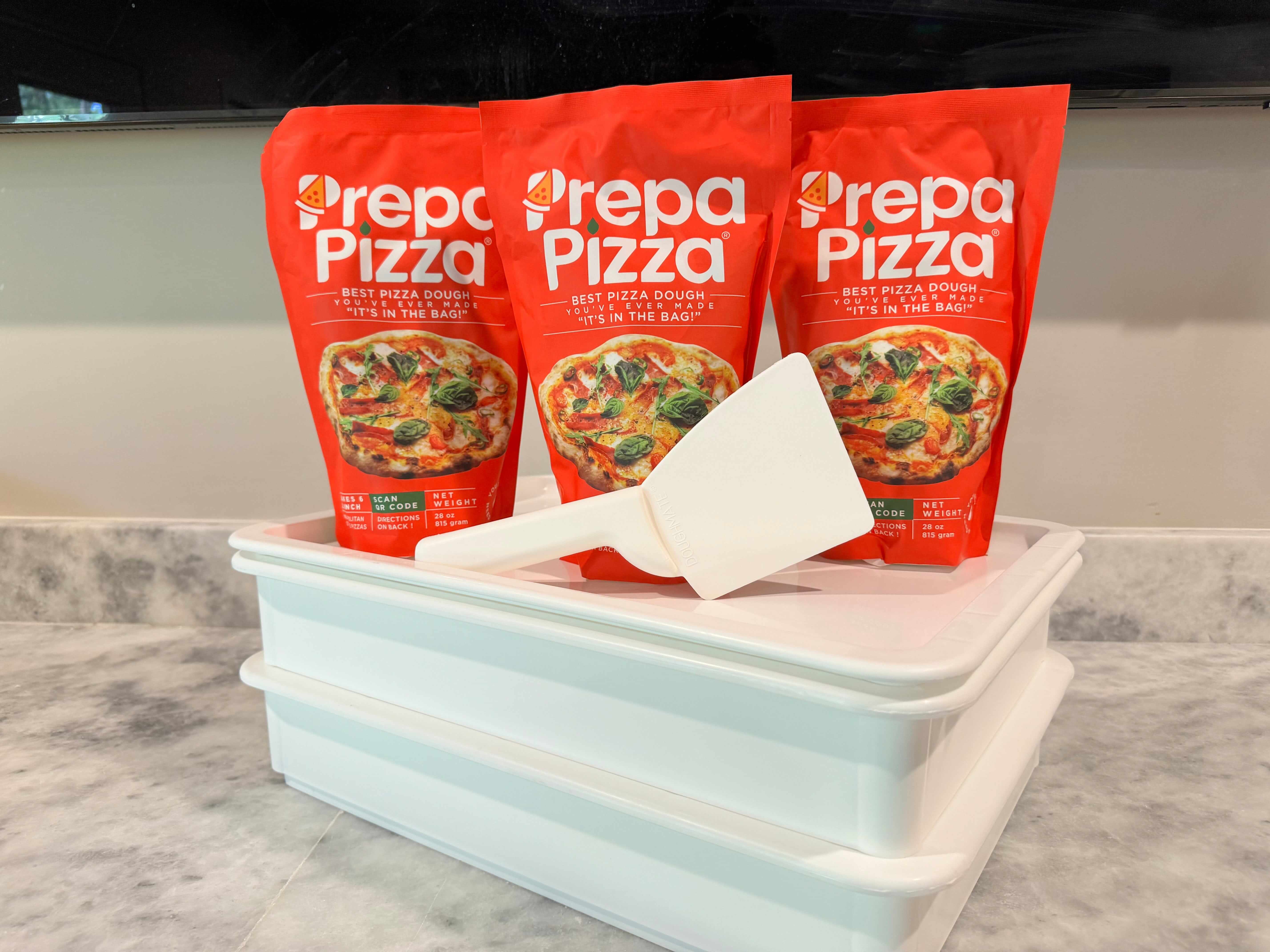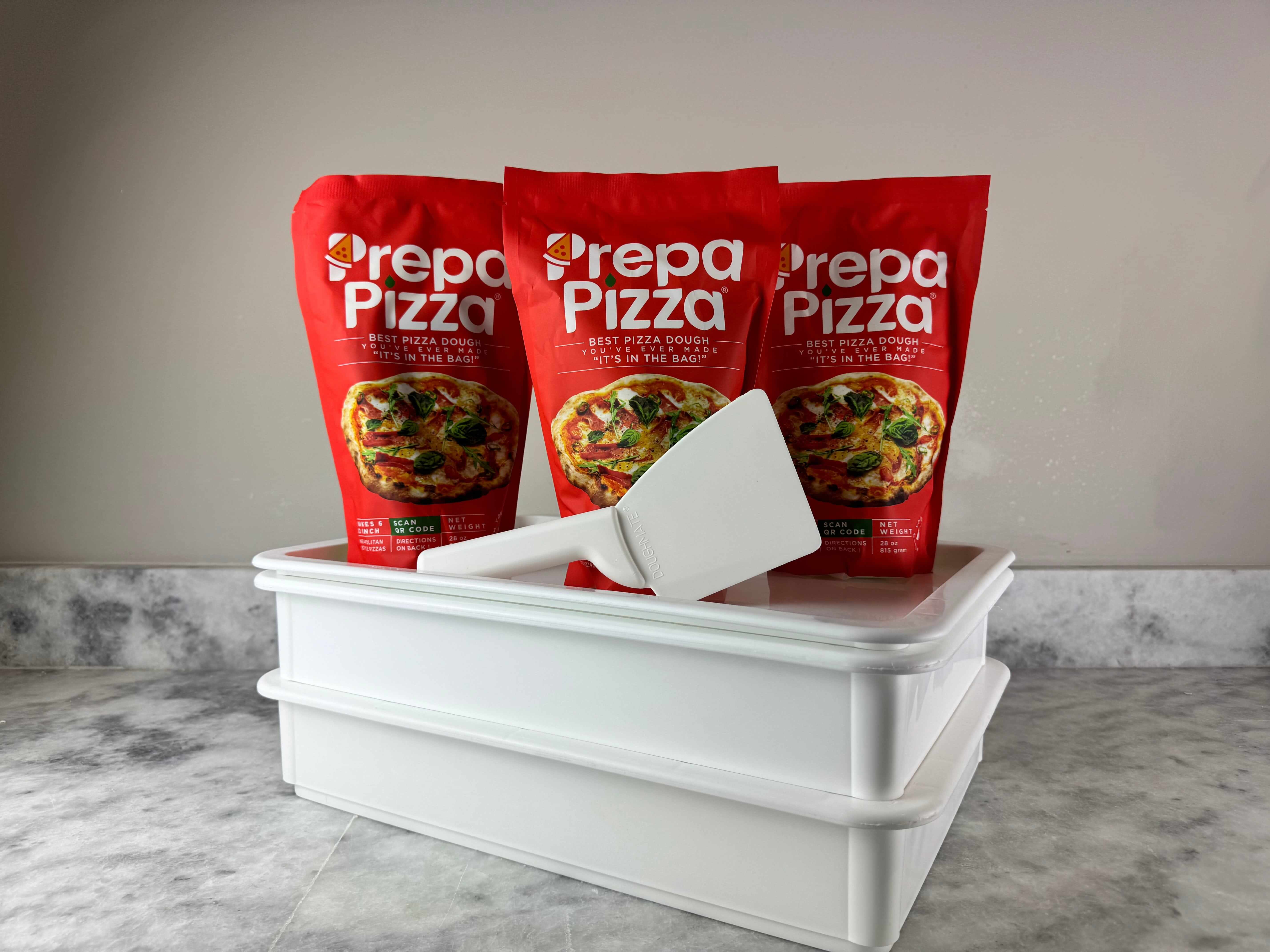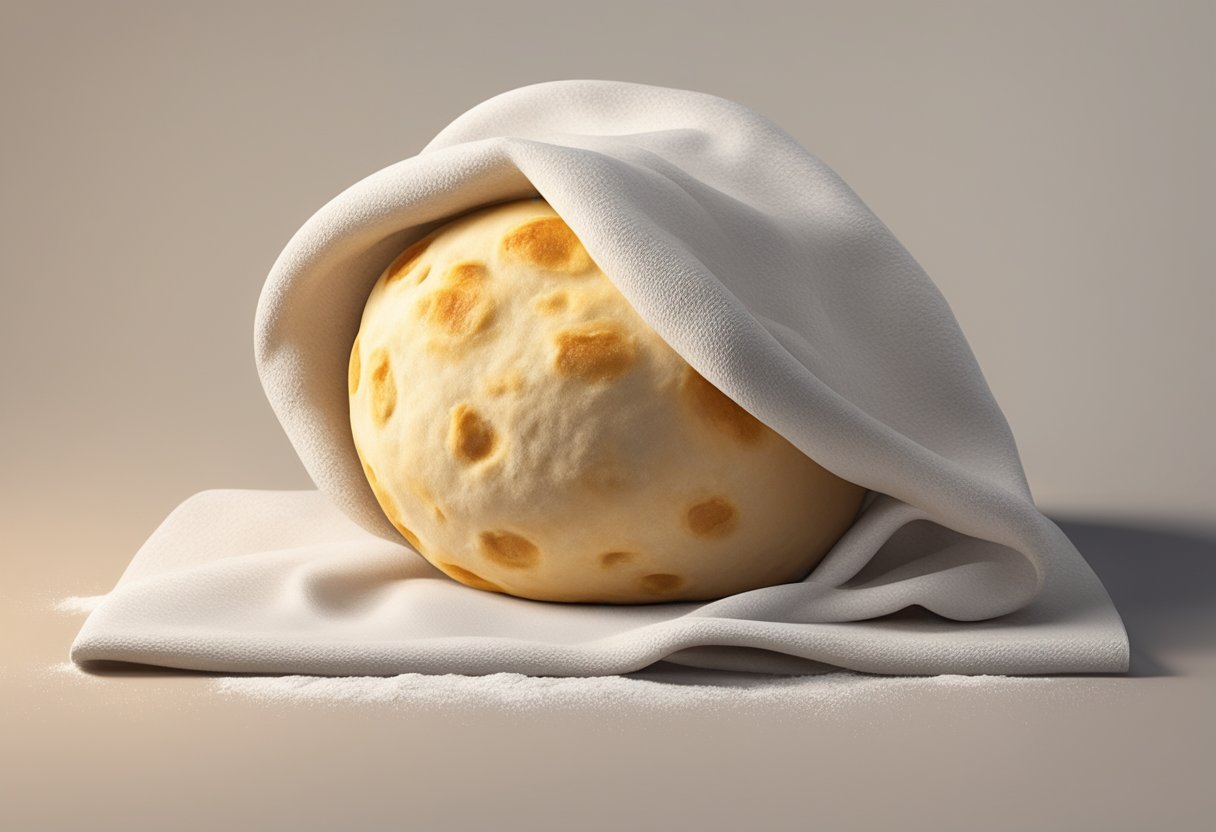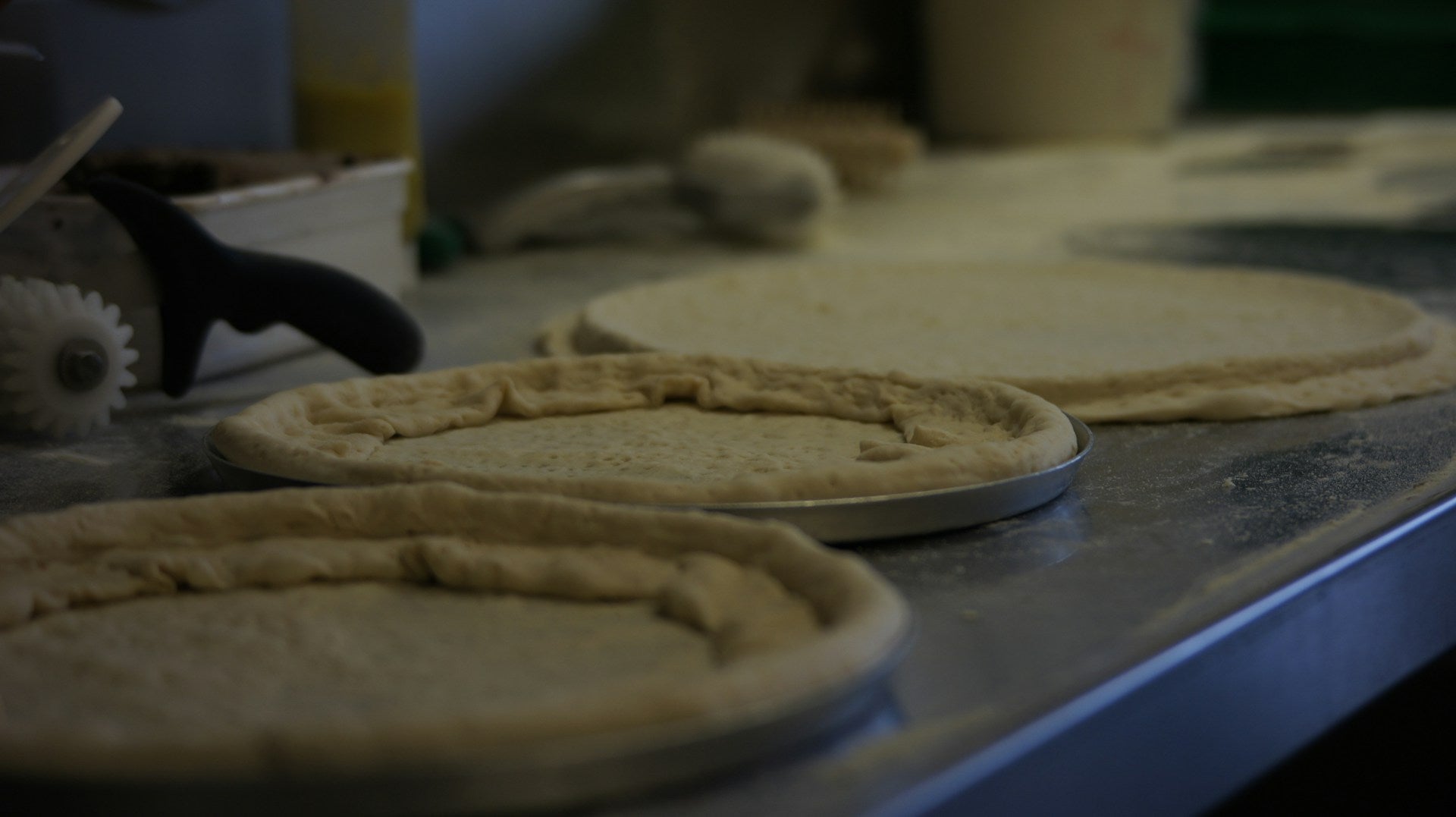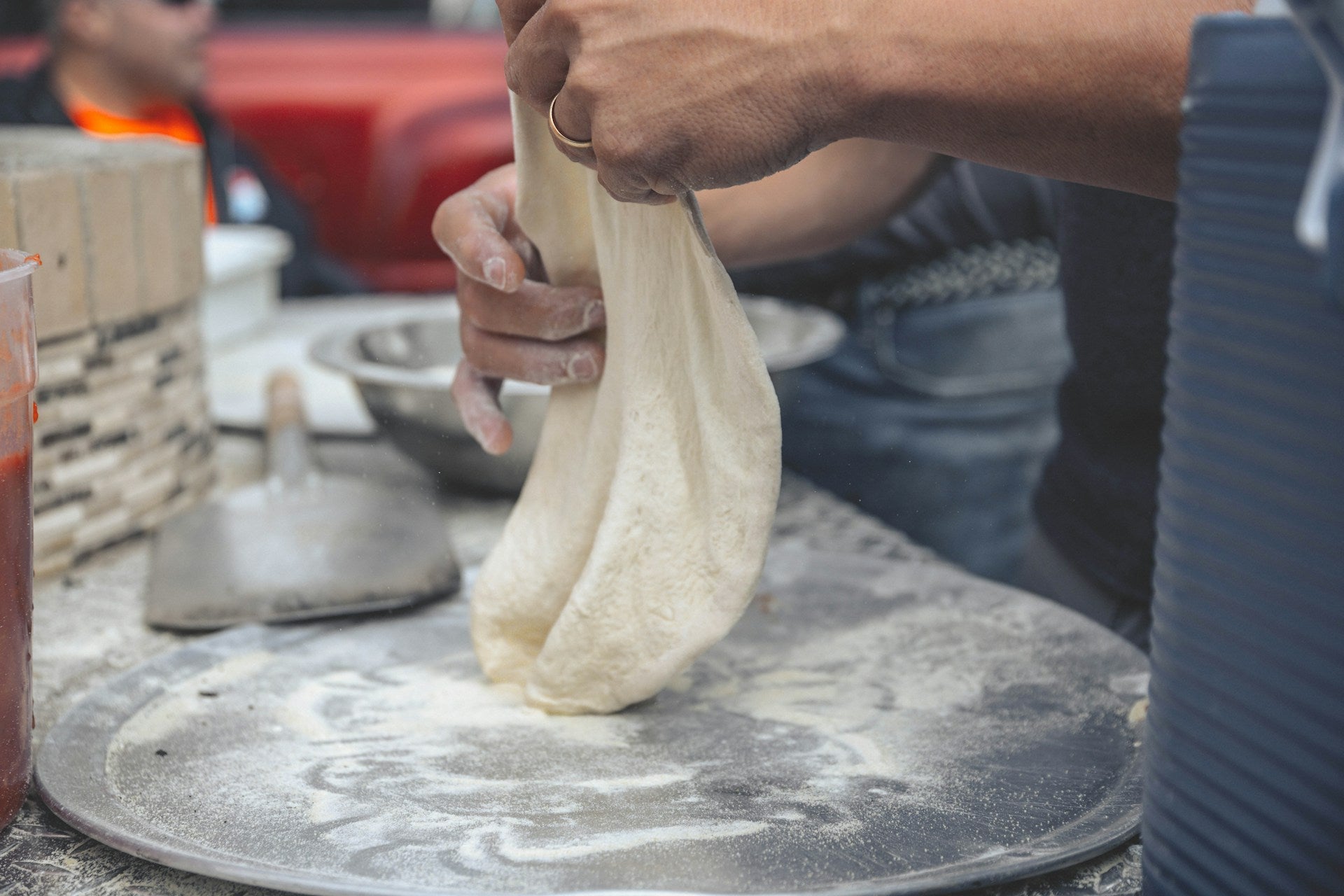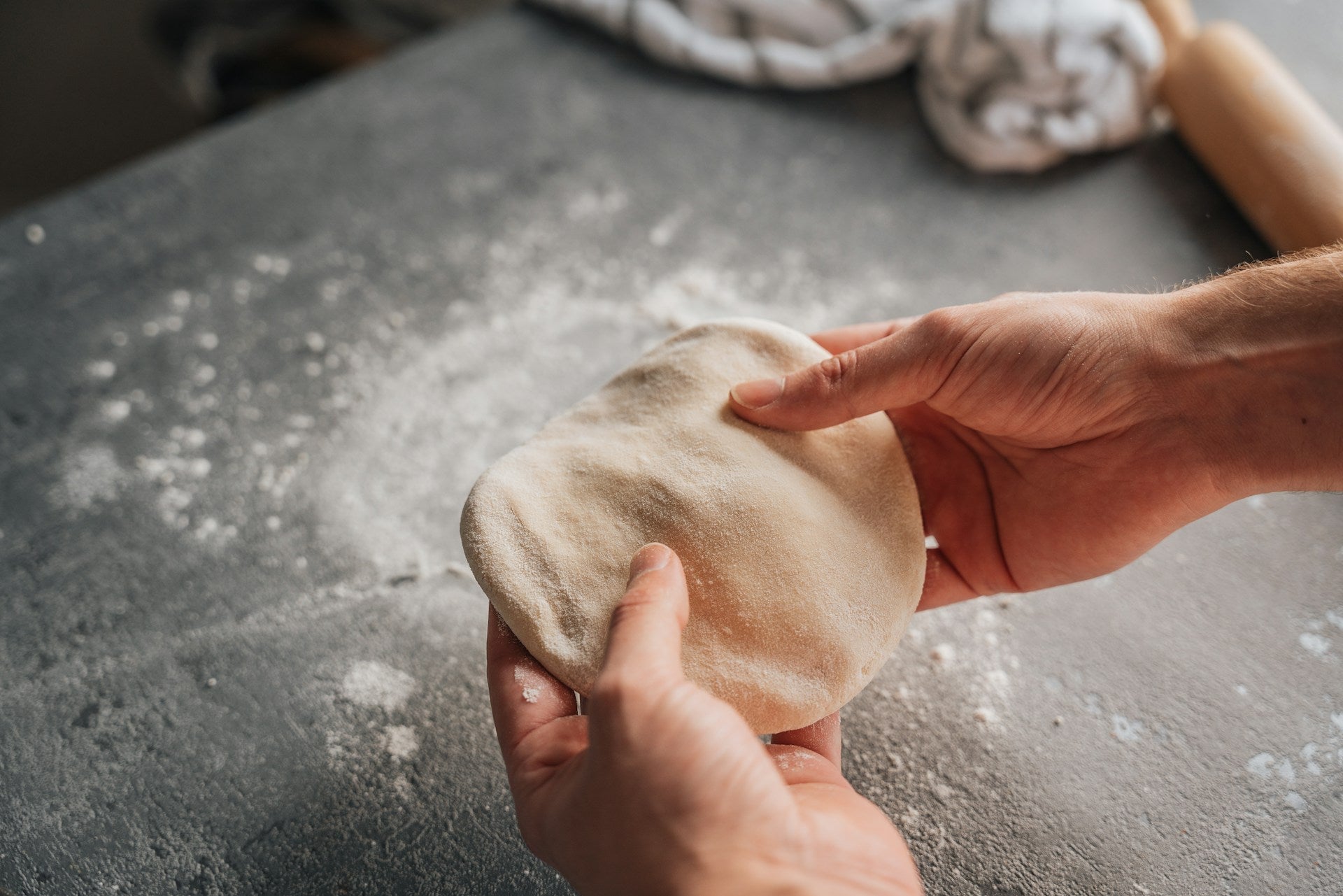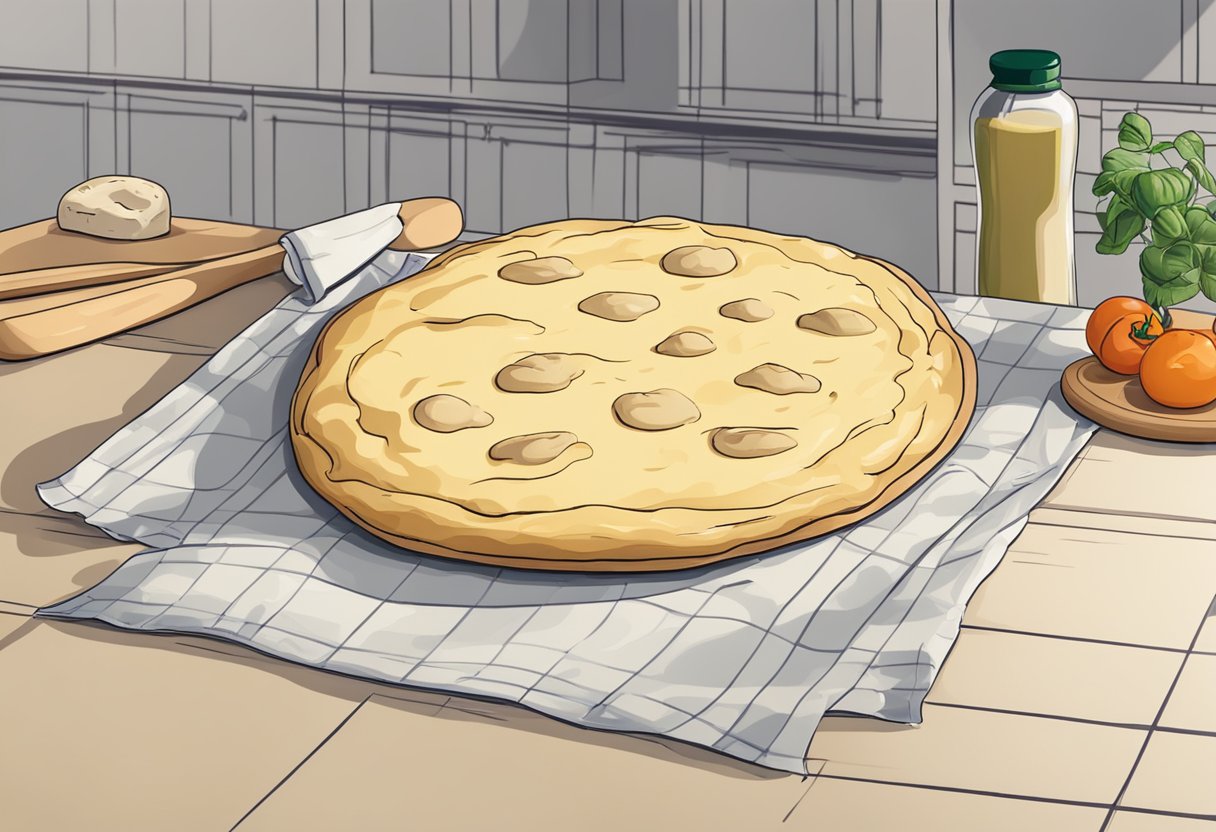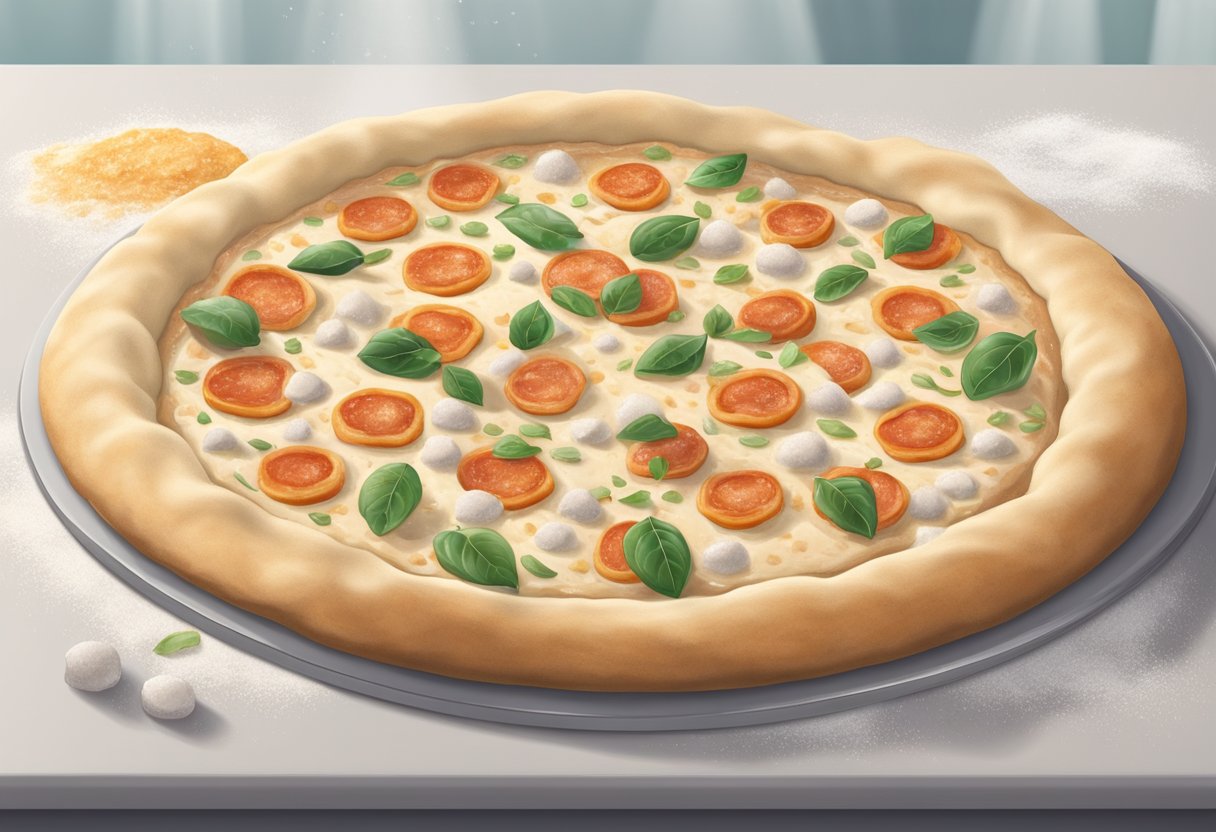
How to Make a Pizza with Frozen Dough: A Simple Step-by-Step Guide
Making pizza at home can be a fun and rewarding experience, especially when using frozen dough. To enjoy a delicious homemade pizza, simply thaw the frozen dough, shape it, and top it with your preferred ingredients. With the right approach, you can create a restaurant-quality meal without the hassle of making dough from scratch.
Using frozen dough from Prepa Pizza simplifies the process while ensuring high quality and great taste. The convenience of having pre-made dough allows you to focus on selecting your favorite toppings and perfecting your cooking technique. Whether you prefer classic pepperoni or a gourmet veggie blend, your options are endless.
As you prepare your pizza, remember that the key lies in proper thawing and handling of the dough. With a bit of attention to detail, you can achieve a crunchy crust and mouthwatering flavors that will impress anyone at your table. Enjoy the process and savor the results!
Choosing Your Frozen Dough
Selecting the right frozen dough can significantly affect the quality of your homemade pizza. Understanding the types available and proper storage methods ensures you maximize flavor and convenience.
Types of Frozen Pizza Dough
When choosing frozen pizza dough, you typically have a few options. Most commonly, you’ll find traditional hand-tossed or thin crust varieties. Each type offers a different texture and flavor profile.
- Hand-Tossed Dough: Thicker and chewier, ideal for those who enjoy a more substantial crust.
- Thin Crust Dough: Offers a crispy texture, perfect for a lighter pizza option.
- Stuffed Crust Dough: Contains cheese stuffed into the crust, delivering a rich and indulgent experience.
Prepa Pizza provides high-quality dough made from premium ingredients, ensuring a consistent result every time.
Storing Frozen Dough
Proper storage of your frozen pizza dough is essential for maintaining its quality. Generally, you should:
- Keep it in the Freezer: Always store your dough in the freezer until you’re ready to use it.
- Seal it Properly: Use airtight packaging to prevent freezer burn. This keeps the dough fresh.
- Thawing: When ready to use, transfer the dough to the refrigerator to thaw overnight or leave it on the counter for a few hours.
Correct storage methods will maintain the dough’s flavor and texture, ensuring your homemade pizzas come out perfectly every time.
Preparation Before Baking
Preparing your frozen dough correctly is crucial for achieving that perfect pizza crust. You will need to focus on thawing the dough and allowing it to proof properly before baking for the best results.
Thawing Frozen Dough
Start by removing your Prepa Pizza frozen dough from the packaging. Place it in a bowl and cover it with plastic wrap. The dough needs to thaw in the refrigerator for about 8 hours or overnight. This slow thawing process helps maintain the dough's structure and quality.
If you're short on time, you can also thaw it at room temperature for 1-2 hours. Just keep an eye on it to prevent it from becoming too warm. As it thaws, sprinkle a little flour to prevent sticking.
Once thawed, the dough will be easy to handle, making it ready for the next step in your pizza-making process.
Dough Proofing 101
After thawing, proofing your Prepa Pizza dough is essential for the yeast to activate and develop flavor. Transfer the dough to a lightly oiled bowl, adding a teaspoon of olive oil to keep it moist.
Cover the bowl with a damp cloth or plastic wrap. Allow the dough to sit in a warm place for about 1 to 2 hours until it doubles in size. This process enhances the texture and flavor of the crust.
Be mindful of the temperature; a warm spot promotes better yeast activity. If your kitchen is cool, consider placing the bowl near an oven with the light on to create a gentle warming effect. After proofing, your dough will be light and airy, making it perfect for baking.
Shaping the Pizza Crust
Shaping the pizza crust correctly is essential for achieving the ideal texture and flavor. Focus on creating a perfect edge while determining the right thickness for your crust to enhance your pizza experience.
Creating a Perfect Edge
To create a perfect edge, start by lightly flouring your workspace. This prevents sticking and makes it easier to shape. Gently press the dough with your fingertips, pushing from the center outward. This technique allows for an even thickness throughout the crust.
Once you have flattened the dough, use your fingers to pinch and lift the edges, forming a slight ridge. This ridge will help hold toppings and sauce while adding a nice aesthetic. If desired, sprinkle a little cornmeal on the outer edge for added texture. A well-shaped edge contributes to a more enjoyable bite, making it crucial in the pizza-making process.
Determining Crust Thickness
Determining the crust thickness is an important aspect of shaping your pizza. For a thin crust, aim for a thickness of about 1/4 inch. If you prefer a thicker crust, go for 1/2 inch. Keep in mind that a thinner crust tends to be crisper, while a thicker crust offers a more doughy texture.
As you stretch the dough, regularly check for even thickness. This ensures that each bite is consistent. If the dough resists stretching, let it rest for a few minutes before continuing. Use a roller if needed, but avoid overworking the dough, as this can lead to a tough texture. The balance of thickness is essential for a delightful pizza experience.
Adding Toppings and Sauce
When making pizza with frozen dough, the selection of sauce and toppings plays a crucial role in creating a delicious meal. The right combination can elevate your pizza night to new heights.
Selecting the Right Sauce
Choosing the proper pizza sauce is essential for flavor. Traditional options include tomato-based sauces, which offer a classic taste. Look for sauces that are well-seasoned, possibly featuring ingredients such as garlic, herbs, and a hint of sugar to balance acidity.
You may also experiment with alternatives like pesto or white sauces. For a unique twist, consider making a homemade sauce by blending fresh tomatoes, olive oil, and basil. Spread the sauce evenly over your Prepa Pizza dough, leaving a 1-inch margin at the edges for a perfect crust.
Choosing Your Toppings
Toppings are where you can truly personalize your pizza. Classic choices include pepperoni, mushrooms, bell peppers, and olives. When selecting toppings, think about texture and flavor balance. For instance, spicy pepperoni pairs well with the sweetness of bell peppers.
To avoid a soggy pizza, opt for ingredients that are lower in moisture. If you have fresh vegetables, consider pre-cooking them to ensure they don’t release too much water during baking. For a homemade frozen pizza meal, keep a selection of both cured and fresh ingredients on hand for variety on pizza night.
Cheese: Types and Application
Cheese is the crowning element of your pizza. Shredded mozzarella is the go-to choice for its melting properties and mild flavor. You can also add provolone or cheddar for varied taste profiles.
When applying cheese, start with a generous layer on the sauce, ensuring every corner is covered. For added richness, consider blending different cheese varieties. Sprinkle extra cheese near the edges to achieve a crispy, cheesy crust. Remember, a combination of textures and flavors can elevate your homemade pizza experience.
The Baking Process
Baking a pizza requires attention to detail, especially in temperature and technique. Proper use of a pizza peel and understanding baking time will elevate your pizza-making experience.
Using a Pizza Peel
A pizza peel is essential for placing your pizza in the oven and removing it once baked. Start by dusting the peel with bread flour or cornmeal. This prevents the dough from sticking.
After shaping your pizza dough, gently slide it onto the peel. If using Prepa Pizza dough, the quality will ensure easier handling. Add your desired toppings before transferring the pizza to the oven.
When ready to bake, position the peel at a slight angle and use a quick, confident motion to slide the pizza onto the hot baking surface. This method helps maintain the shape and prevents toppings from sliding off.
Baking Temperature and Time
The ideal temperature for baking pizza is typically between 475°F and 500°F (245°C - 260°C). Preheat your oven thoroughly to ensure an evenly cooked crust.
Place the pizza on a preheated stone or a baking sheet for best results. Bake for about 12 to 15 minutes, or until the crust is golden brown and the cheese is bubbling. You can brush a little olive oil on the crust before baking to enhance flavor and texture.
Regularly check your pizza to avoid burning. Adjust the time based on your oven’s performance, as some may cook faster or slower. Enjoy a perfectly baked pizza with the right tools and techniques.
Frequently Asked Questions
When making pizza with frozen dough, several key aspects come into play, such as preparation methods, cooking techniques, and adaptations to customize your pizza. Here are specific answers to common questions you may have.
What are the steps for preparing a pizza with frozen dough in the oven?
Start by preheating your oven to the recommended temperature, typically around 450°F (232°C). Next, remove the frozen dough from its packaging and place it on a floured surface. Allow it to thaw slightly, then stretch or roll it into your desired shape. Transfer the shaped dough to a pizza stone or baking sheet, add sauce and toppings, and bake until the crust is golden brown.
Can I directly bake frozen pizza dough, or do I need to thaw it first?
It is advisable to thaw frozen pizza dough before baking for the best results. Thawing allows the dough to rise properly, ensuring a light and fluffy crust. You can do this by leaving it in the refrigerator overnight or letting it sit at room temperature for about 30 minutes.
What's the best method to make a deep dish pizza using frozen bread dough?
To create a deep dish pizza with frozen bread dough, begin by thawing and rolling out the dough into a larger circle. Press it into a deep-dish pizza pan, making sure it extends up the sides. Add your desired layers of cheese, toppings, and sauce. Bake at a high temperature until the edges are crisp and the cheese is bubbly.
How can I adapt a frozen bread dough pizza to mimic the Pioneer Woman's recipe?
To emulate the Pioneer Woman's style, you can enrich your frozen bread dough with flavorful ingredients. Consider adding herbs and garlic to the dough or using specific toppings she recommends, like fresh vegetables and a mix of cheeses. Baking the pizza to achieve a crispy crust will align with her homemade approach.
Is it necessary to modify frozen bread dough for pizza making, and if so, how?
While frozen bread dough can work as is, minor modifications can enhance your pizza experience. You might add a bit of oil or herbs to the dough before shaping. Additionally, par-baking the crust for a few minutes before adding toppings can prevent it from becoming soggy.
What are some tips for making pizza with frozen rolls?
Using frozen rolls for pizza can be innovative and easy. Thaw the rolls and flatten them to form a crust. Arrange the flattened rolls side by side on a baking sheet. Top with sauce and cheese, then bake until the rolls are golden and cooked through. This method provides a quick and fun way to enjoy pizza.




